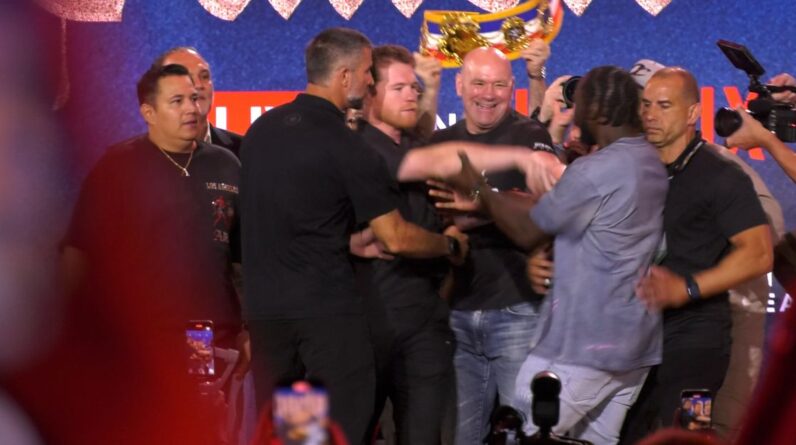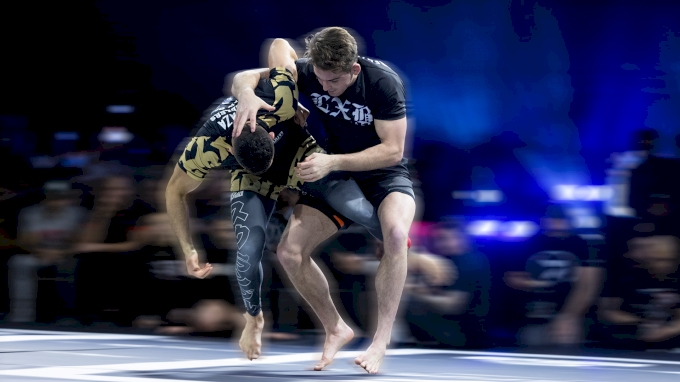Table of Contents
BJJ Athlete Cassio Felipe Sousa Costa Hit with One-Year USADA Ban: What Fighters Need to Know
In a developing story from the world of combat sports, Brazilian Jiu-Jitsu competitor Cassio Felipe Sousa Costa has been handed a one-year suspension by USADA (United States Anti-Doping Agency). The Austin, Texas-based athlete’s violation adds another chapter to the ongoing saga of anti-doping enforcement in grappling arts that closely intersect with MMA.
Breaking Down Costa’s Anti-Doping Violation
USADA announced today that Costa has accepted a one-year period of ineligibility following an anti-doping rule violation. This case highlights the increasing scrutiny being placed on BJJ athletes, especially as the sport continues to expand its professional footprint and maintain its crucial relationship with mixed martial arts.
For those of us who follow both MMA and BJJ, this suspension raises important questions about the testing protocols across combat sports and how they’re being enforced across disciplines that often share athletes.
What This Means for BJJ’s Relationship with MMA
Let’s be real – the BJJ and MMA communities are deeply intertwined. Many fighters cross-compete, and what happens in one sport often impacts the other. Costa’s case demonstrates that USADA isn’t just focusing on UFC fighters but expanding its reach throughout combat sports.
I’ve noticed a definite uptick in testing across grappling competitions, which mirrors what MMA went through years ago. The professionalizing of BJJ means increased scrutiny and accountability – something MMA athletes have been dealing with for years now.
The Growing Anti-Doping Framework in Grappling
BJJ has historically had a more relaxed approach to PED testing compared to MMA, but that gap is clearly closing. Major tournaments and professional leagues are implementing stricter protocols that resemble what we’ve seen in the UFC for years.
This evolution creates an interesting dynamic where grapplers who might transition to MMA need to be increasingly aware of anti-doping requirements before they even make the jump to the cage.
| Sport | Testing Frequency | Major Testing Body | Typical Suspension Length |
|---|---|---|---|
| MMA (UFC) | Year-round | USADA | 1-4 years |
| BJJ | Competition-focused | Varies by organization | 6 months-2 years |
Lessons for MMA Fighters Who Cross-Compete
If you’re an MMA fighter who also competes in BJJ tournaments (as many do), Costa’s suspension should serve as a serious wake-up call. The days of treating grappling competitions as somehow “separate” from your USADA obligations are rapidly fading.
The smart approach? Treat all competition the same way when it comes to what goes into your body. The testing protocols are becoming more aligned across combat sports, and that’s probably a good thing for fairness across the board.
What We Still Don’t Know
The specific substance involved in Costa’s case hasn’t been fully detailed in the initial announcement. This is common in early reports, but the substance involved often determines both public reaction and potential implications for other athletes.
Was it a performance enhancer? A contaminated supplement? A recreational substance? These details matter enormously for context, and I’ll be updating as more information becomes available.
The Broader Impact on Combat Sports
Every suspension like this has ripple effects. For the BJJ community, it’s another step toward the kind of testing regime MMA has adapted to. For MMA fighters, it’s a reminder that the anti-doping net continues to widen.
What do you think about the increasing anti-doping presence in BJJ? Is it necessary medicine or an overreach? Drop your thoughts in the comments – I’m genuinely curious how fighters and fans are viewing this evolution.
Looking Forward
Costa will be eligible to return after serving his one-year suspension. His case will likely be studied by other athletes as an example of the expanding jurisdiction of anti-doping authorities in combat sports.
The message seems clear: regardless of which mat or cage you compete in, the same rulebook increasingly applies. For MMA fighters who cross-train and compete in BJJ, the lines between sports continue to blur when it comes to anti-doping policies.
We’ll be following this story as it develops, particularly for any details that might impact how MMA athletes approach their training and competition schedules across disciplines.
Source: USADA official announcement







